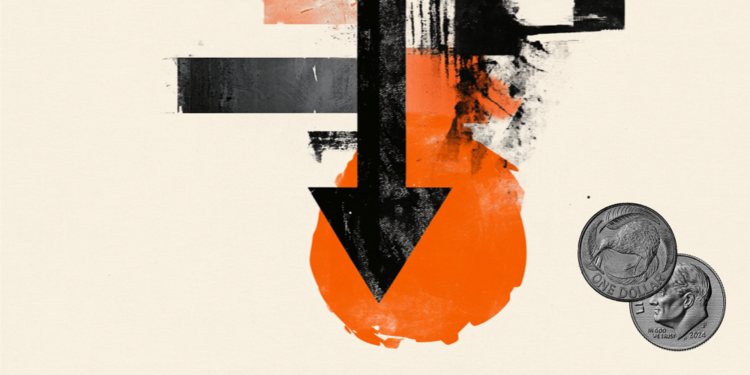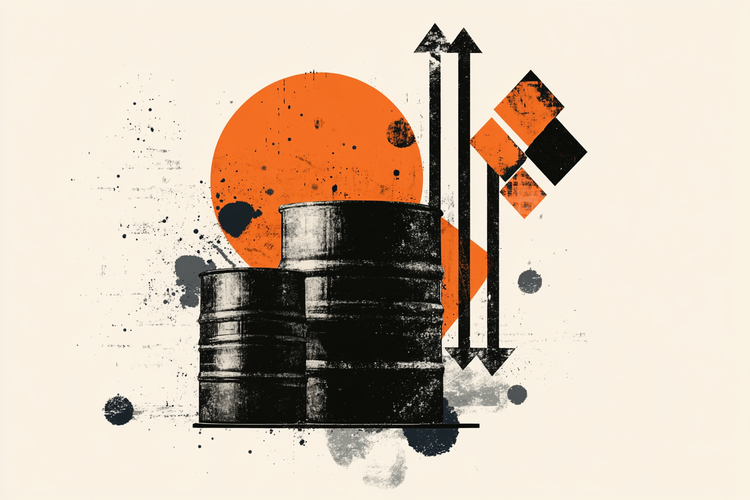“Everything is just emerging, but we can already say that stablecoins are able to transform the sphere of payments, and we are already preparing solutions,” declared Visa CEO Al Kelly at a shareholders’ meeting in late January. Last week, Visa officially conducted a trial launch of payments in stablecoins in the SWIFT system, but cryptocurrencies pegged to the dollar are already de facto becoming its alternative, writes RBC Crypto.
The use of stablecoins continues to grow in 2023. The most popular “stable coins” are USDT issued by Tether, USDC is a joint project of Circle and Coinbase, and BUSD is the own stablecoin of the largest crypto exchange Binance, created in partnership with Paxos. These three coins account for over 90% of the stablecoin market, according to DeFiLlama. All are presumably backed by the equivalent value of US dollar-denominated assets held as reserves, although their structure and management differ.
USDT from Tether has been the leader among “stable” coins for several years now. According to CoinGecko, its market capitalization as of February 9 is $68.2 billion. According to this indicator, it ranks third among the largest cryptocurrencies, behind only Bitcoin and Ethereum. Since 2021, Tether has been publishing quarterly reserve reports, and daily snapshots of the balance on its wallets are available on the company’s website.
On Thursday, February 9, the company reported a profit of over $700 million for the fourth quarter of 2022, also confirming that its reserves in dollar terms more than cover the volume of issued stablecoins.
Today, stablecoins are indeed the main driving force for the crypto market – this is almost the only direct way of capital inflow, says Nikita Zuborev, senior analyst at Bestchange.ru, an online exchange aggregator. Large investors enter the market through the issuance of new stablecoins. Apart from mining and hybrid ICOs, this is the main way to expand liquidity for the market.
According to him, thanks to the peg to hard currencies, stablecoins have proven themselves well in transfers: the volumes of transactions using stablecoins as a transfer method between two individuals may exceed the volumes of transfers in any other cryptocurrency, the expert suggests.
Algorithms and credits
In addition to the top three players in the stablecoin market, there are so-called “algorithmic” stablecoins backed by crypto assets rather than fiat currencies. More than half of them work on the Ethereum blockchain. Due to the decentralized structure and the issuance of new coins, not controlled by a single organization, this category of stablecoins offers new lending opportunities in decentralized finance (DeFi) protocols.
The DeFi space remains within a niche market, often difficult for an outside observer. According to Stani Kuleshov, the founder of one of the largest DeFi projects Aave, it is precisely the spread of decentralized stablecoins Maybe play into the hands of the entire field, attracting new participants to it. February 9 Aave developers launched GHO’s own stablecoin on the Ethereum blockchain testnet for the final stage of testing before its release to the market.
Among the cryptoasset-backed stablecoins, MakerDAO’s DAI is the leader, judging by its $5 billion market cap and brand awareness in the crypto community. Since its inception in 2017, the MakerDAO project has been designed as a decentralized autonomous organization (DAO). Interestingly, about half of the DAI coins in circulation have traditional centralized stablecoins such as USDT as collateral.
Beyond the crypto world
If complex decentralized tools are not yet truly widespread, then the largest stablecoins are already taking root in the economy of the real world. Venezuelans are paying with stablecoins to buy groceries in conditions of skyrocketing inflation, and European traders are using them as a gateway to do business with Asian marketplaces.
Another driver of growth in popularity among the “non-cryptocurrency” audience is a simple protection against high inflation in countries with troubled economies. For example, countries in Central Africa and South America use stablecoins as a way to protect their national currencies from inflation. Buying “electronic dollars” for people is sometimes easier and more profitable than looking for cash from a “changer” in the local market, the analyst explains.
Trends and Leaders
Referring to statistics on exchange directions in Bestchange, Zuborev also talks about the growing popularity of exchange pairs involving stablecoins. Basically, the growth of this segment is provided by the directions for buying and selling USDT. Against the backdrop of the recent jump in the dollar against the ruble, the demand for the sale of USDT for rubles through a bank transfer overtook even the purchase of bitcoin, which had always retained its leadership.
According to him, USDT in the token format on the TRON blockchain (TRC-20) remains the absolute leader in terms of OTC transactions among all possible combinations of stablecoins and other blockchains in which USDT also exists (Ethereum, Omni, Solana, etc.).
The TOP 30 exchange directions do not include any other stablecoin, including USDC, BUST or USDT as a token on other blockchains. This may indicate that more people use stablecoins for inflation protection (saving funds) or for remittances than for access to decentralized finance.
Source: Cryptocurrency
I am an experienced journalist and writer with a career in the news industry. My focus is on covering Top News stories for World Stock Market, where I provide comprehensive analysis and commentary on markets around the world. I have expertise in writing both long-form articles and shorter pieces that deliver timely, relevant updates to readers.







